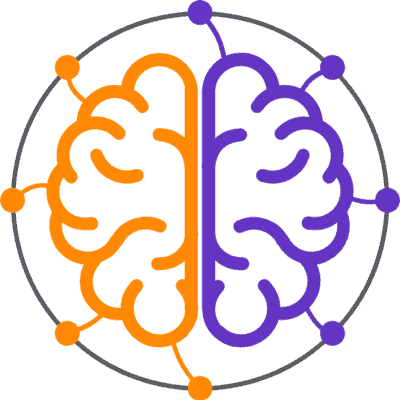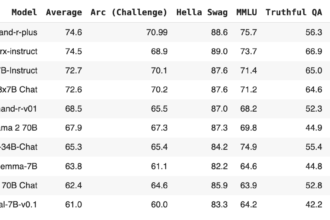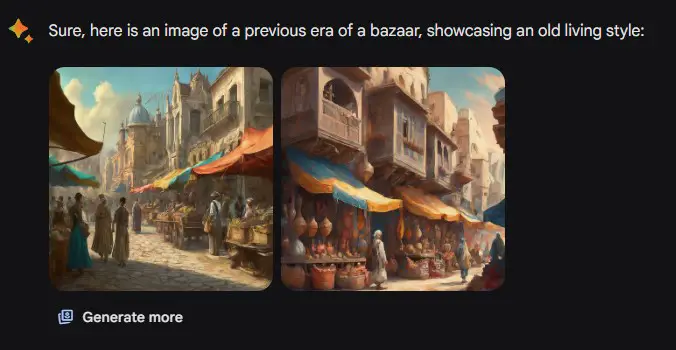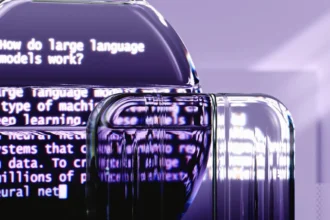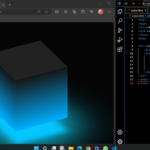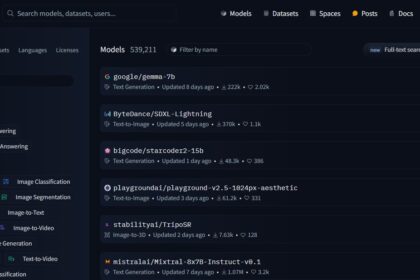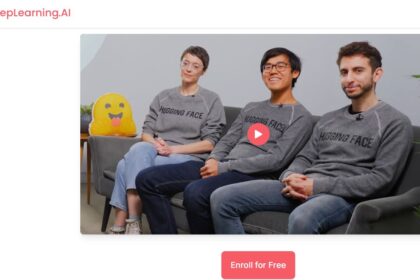With the release of Google Bard’s AI image generation features, which are powered by Imagen 2, Google has made a substantial advancement in the field of AI image generation. This puts Google in direct competition with ChatGPT Plus, which provides users with a significant benefit over subscription-based services—the ability to create AI-generated images for free.
A user-friendly process on the Google Bard website involves entering a prompt in English into the search bar, launching the AI image generator. Created images are stored in Pinned Chats, Recent Chats, and Bard Activity, with an option to save preferred images by downloading them. Despite its current prowess at creating overly simple images, Google Bard’s accessibility and no-cost service democratize creative exploration.
Incorporating responsible AI practices, Google emphasizes safety in AI image creation by implementing features to ensure the authenticity and appropriateness of generated images. All AI-generated images from Bard are watermarked with SynthID, indicating their artificial origin. Safety guardrails prevent the creation of images featuring well-known individuals or containing violent, offensive, or sexually explicit content.

This recent update equips Google Bard with Imagen 2, Google’s advanced text-to-image model developed by Google DeepMind. Imagen 2, powered by the Gemini Pro large language model, enables Bard to generate photorealistic images while gradually replacing capabilities previously handled by Google Assistant.
Notably, Google’s strategic shift is evident as certain features are being removed from Google Assistant, emphasizing Bard’s increasing dominance in Google’s product lineup. Furthermore, Imagen 2’s integration extends beyond Bard, being infused into various Google offerings like Ads, Duet AI in Workspace, Search Generative Experience (SGE), and Google Cloud’s Vertex AI.
Using an AI image generator provided by Google Bard, users can explore adjacent dimensions of creation and ideas through the interactive interface of “expressive chips.” This tool, as well as ImageFX, an experimental photo tool powered by Imagen 2, enable users to generate images from text prompts with SynthID marking.
While Google has been prompt in releasing its AI chatbot, Bard, to the market, the launch of its capable Imagen model for AI image generation was delayed until now. This marks Google’s proactive participation in the ongoing AI race, with the company’s entrance into the AI image generator space signifying its commitment to staying at the forefront of AI technology.
To prevent the misuse of AI image generators, Google has implemented necessary guardrails to restrict the generation of violent, offensive, or sexually explicit content. Additionally, all images generated with Imagen 2 are watermarked with SynthID, which is invisible to the human eye but can be verified for authenticity.
